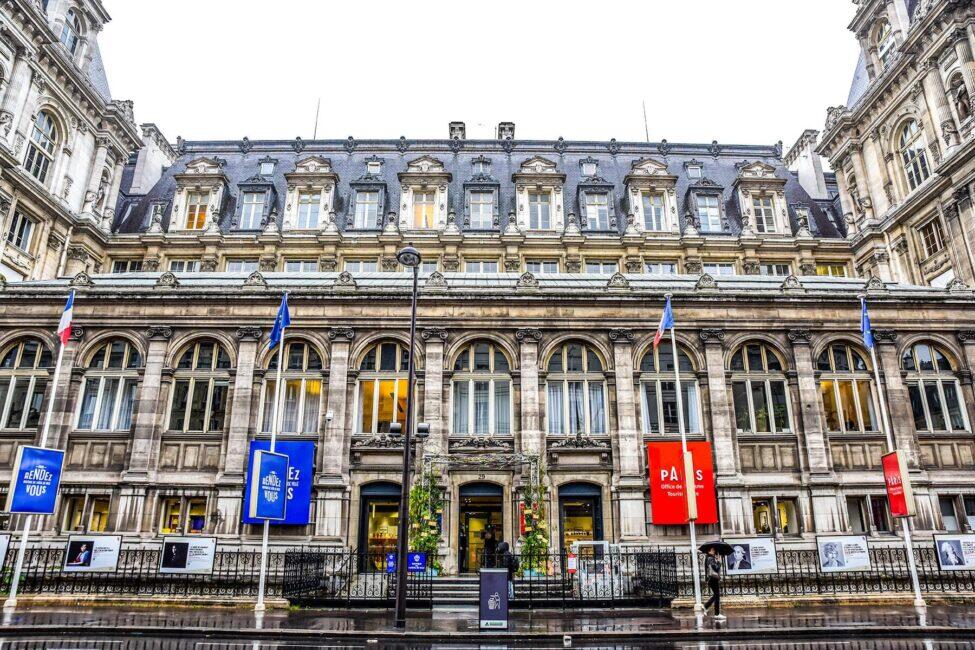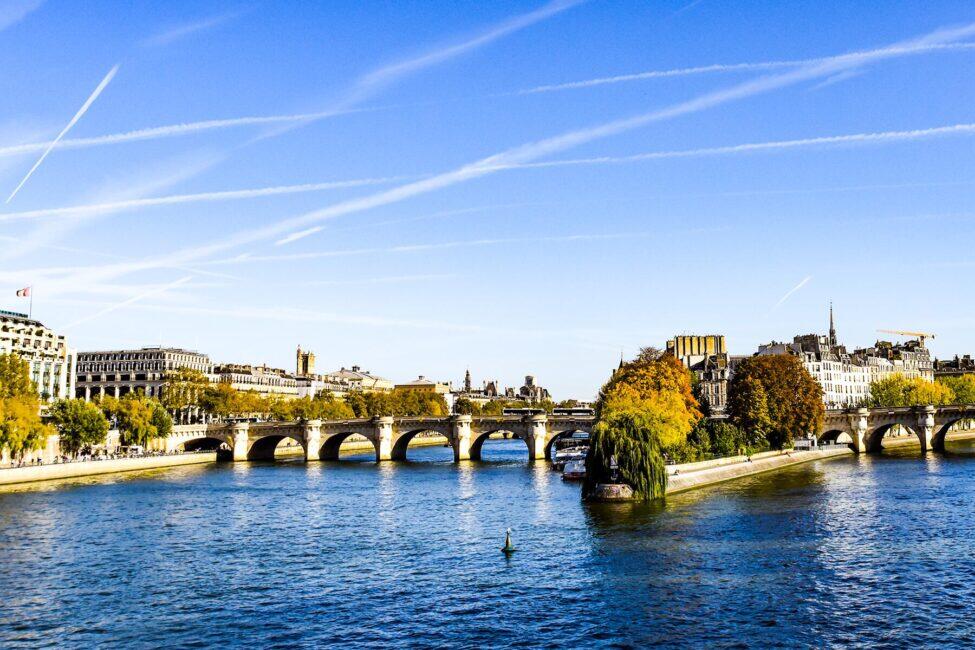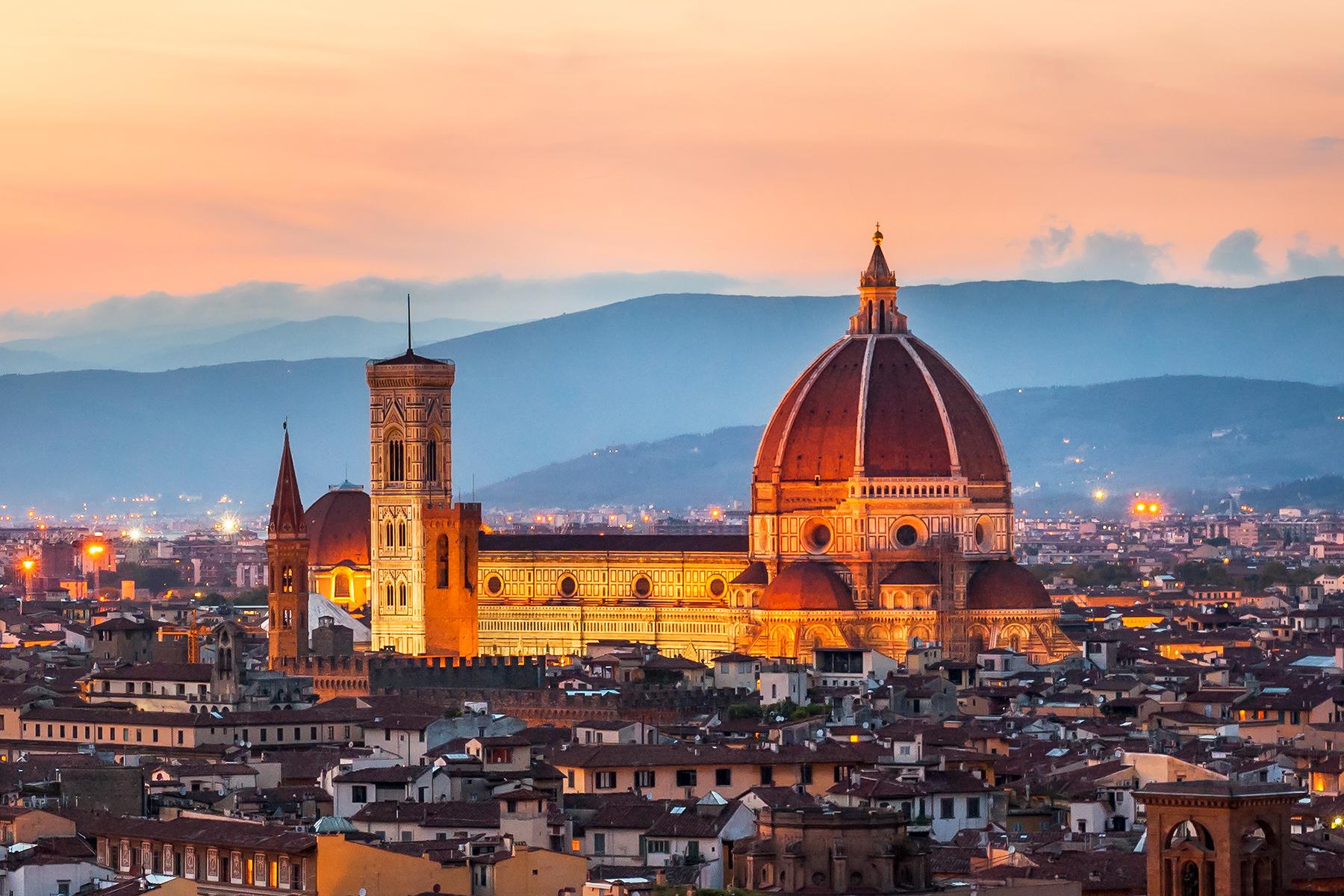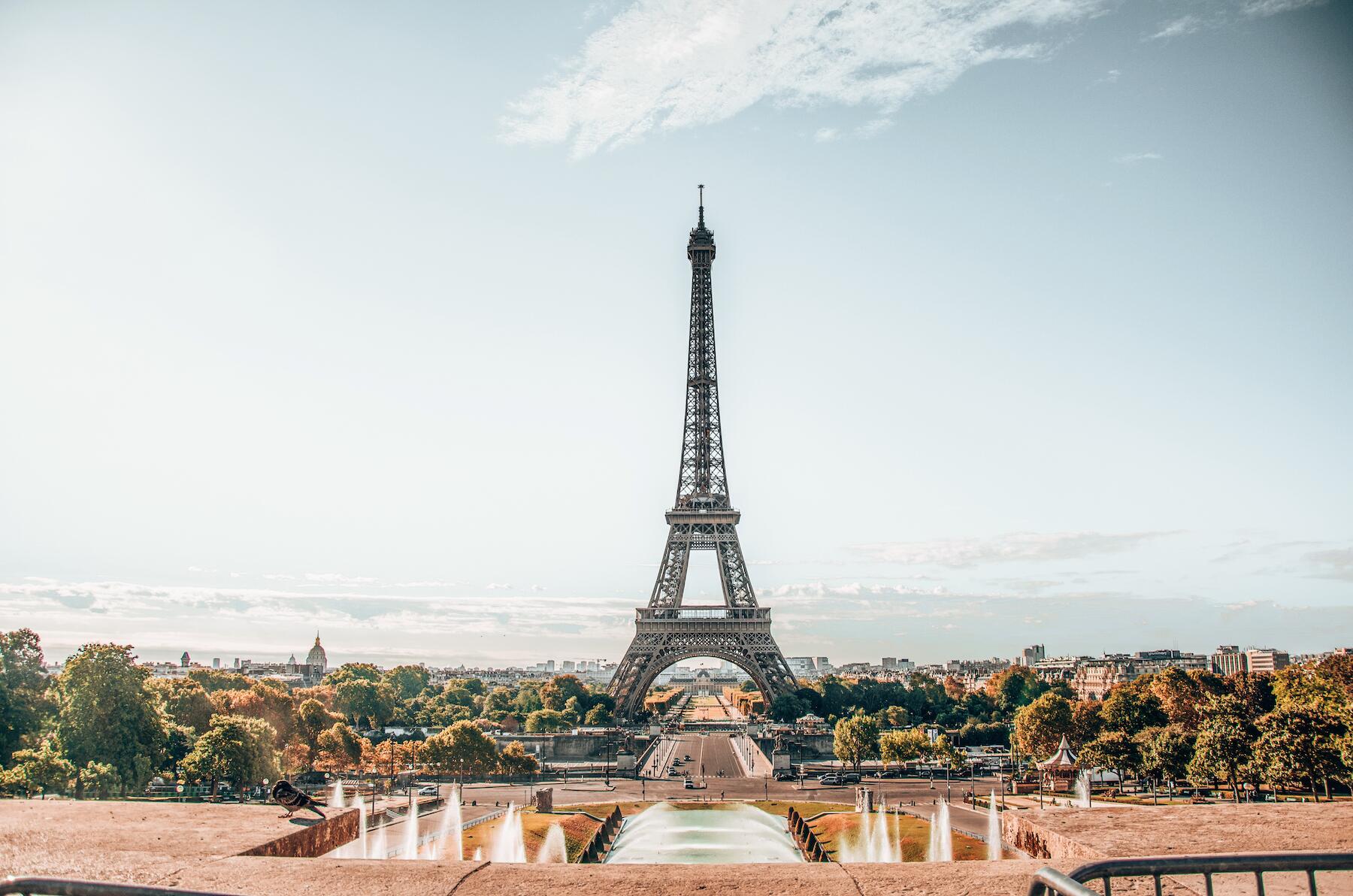What is now a city synonymous with romance was once Europe's murder capital.
Lining lanes, plazas, and roads, Paris’ streetlamps are decorated by intricate metalwork, delicate mosaics, and colorful glass panes. The French capital is such a cultured, picturesque city that even its lamps are majestic. Behind this artistry, however, is a ghastly tale that explains Paris’ famous moniker, “The City of Light.”
The City of Light is a suitably flattering name for one of the world’s prettiest places. Visitors could assume this refers to Paris’ luminous beauty or, perhaps, to its uncommonly-attractive street lights. Few would know this complimentary title was actually born out of the crime and murder which inundated the city more than 300 years ago.
In the 1660s, Paris was Europe’s murder capital. Even senior police and bureaucrats were being found in pools of blood, as author Professor Holly Tucker explains in her book City of Light, City of Poison. Desperate to regain control of Paris, King Louis XIV appointed a new police chief and gave him carte blanche to end the bedlam.
Among the policeman’s weapons were wigs, invisible ink, and, above all, illumination. To prevent Paris’ violent crooks from hiding in shadows, the king ordered almost 3,000 street lanterns be erected to light Paris brightly at night, making it the first large European city to have evening illumination and earning it the City of Light title.
Recommended Fodor’s Video
The Dangerous, Dirty Paris of 1667
Paris’ public spaces were cluttered by rubbish, tainted by filth, and haunted by violence. The murder of two senior public figures in 1667 shamed King Louis XIV into action. His loss of control over the capital was harming his reputation and making him appear weak. To shackle the chaos, the king created a crime-fighting superhero with the title of criminal lieutenant of police. This man, Nicolas de La Reynie, was bestowed powers far beyond those ever possessed by a French law enforcer. The king’s message was clear: Get the job done, by any means necessary.
Nowadays, thousands of tourists every day funnel past La Reynie’s former office, on Rue du Bouloi, near Paris’ revered Louvre Museum. There he sat, hour after hour, forging unique strategies to quell the debaucherous city. One of the new police chief’s first ploys was to cultivate a giant network of spies. These undercover informants blanketed Paris and fed La Reynie information about every type of scam, potent gang, source of corruption, and weakness being exploited in law enforcement approaches. To keep this information confidential and conceal the identities of his spies, La Reynie had them write notes in invisible ink and wear disguises, including fake wigs.

Next, La Reynie set about cleaning the city. La Reynie believed its grime and stink discouraged honest citizens from spending time in public spaces, which made them fertile ground for the ill-intentioned. The police chief had dozens of fountains installed across Paris to improve sanitation, giving the wider public access to clean water. Two more clever tactics help clean up Paris’ streets. La Reynie created a new tax that paid for the meticulous maintenance of public spaces. Secondly, he implemented a daily, mandatory cleaning session, when all Parisians were required to scrub the space directly outside their home.
The final, most important, step in his plan to rejuvenate Paris relied on hauling it out of the darkness. By studying crime reports, La Reynie recognized that Paris’ most dangerous criminals waited for the sun to set before indulging in crime. Most assaults and homicides occurred at night when the streets of Paris were barely illuminated, making it difficult for residents to spot potential risks or for police to identify offenders. Turning on the lights was La Reynie’s answer. He demanded that every homeowner light a candle in their windows so burglars could be better spotted attempting to enter residences.

And in every street and public space in Paris, La Reynie ordered the installation of candle-lit lanterns constructed from metal and glass and hung them from buildings on protruding poles. By the following year, 1668, almost 3,000 of these robust streetlights were in place. When Louis XIV ended his reign in 1715, that number had swelled to 5,500 lamps, which lit about 65 miles worth of streets before these lanterns eventually switched to electricity the following century.
As a result of the increased illumination from 1667, nighttime became more welcoming in Paris. Its hordes of criminals could no longer slink around in darkened streets. La Reynie and Louis XIV were praised by Parisians and French media for improving the safety of the city, Prof. Tucker notes in her book.
This unique environment even began to attract visitors to the city, who marveled at its bright evening environment. Paris soon became widely known as the City of Light. More than three centuries later, as tourists admire its thousands of baroque street lamps, few would know that without them, Paris could have remained a dark, dirty den of dodgy deeds.





The first image appears to be the Office of Tourism, which is not on Rue de la Bouloi, and the second Ile de la Cite. It would be nice to have an image of one of the pittoresque street lamps.